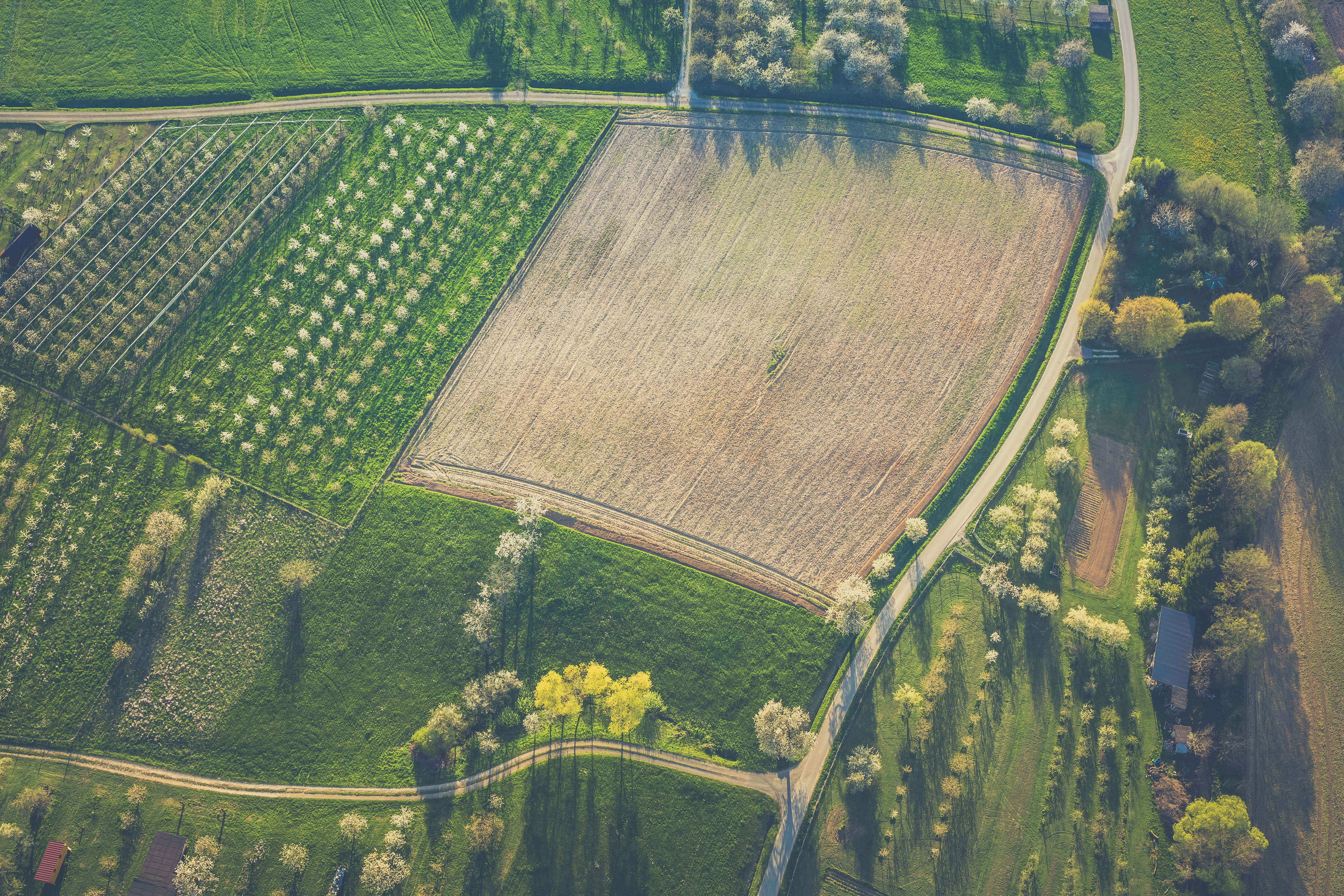
Klaiber, Wrenn, Shortle, Hua, and Wachter are focusing their research on a land conversion model and how one land use type is converting to another. They are using data to discover what land is undeveloped and then using that to figure out when undeveloped land becomes developed. They are aiming to gain a richer characterization of conversions from one land use type to another.
This research team is also gathering information on land prices and have assembled a nationwide dataset. In the Chesapeake Bay watershed, there are several million housing transactions, farm transactions, and vacant land transactions. The team is thinking about how to create measures of both the value of locations for urban development, as well as the value of farmland that’s being transacted. This involves taking millions of housing transactions and farm transactions and estimating the price of land in these different land use types in different regions. The aim is to use these prices as key determinants of why land might change from one type to another.
Klaiber, Wrenn, Shortle, and Hua have some preliminary analysis of two questions which they hope to build further on. The first question is to look at the data at some spatial aggregated region and determine what is happening to land in that region. Do prices matter? Do things like the provision of urban services or maybe environmental policies influence the decision-making behind the conversion of land from one type to another?
The second question focuses on policies, in particular the Chesapeake Bay total maximum daily load (TMDL). Is the TMDL a constraint or an added cost to agriculture? Is there a difference in the conversion into and out of agriculture inside the region subject to the TMDL versus outside, before and after the policy was enacted? The team has started to examine the border of the region where the TMDL applies, both just inside and just outside this region to see whether there are differences in land conversion rates, how fast land is leaving agriculture, or coming into agriculture in these different regions.
Hua, J., Klaiber. A, Wrenn, D. 2024. Urbanizing Agriculture, Additionality, and the Adoption of Agricultural Conservation Practices. Land Economics. Published online before print November 30, 2024, 082624-0074; DOI: https://doi.org/10.3368/le.101.2.082624-0074.
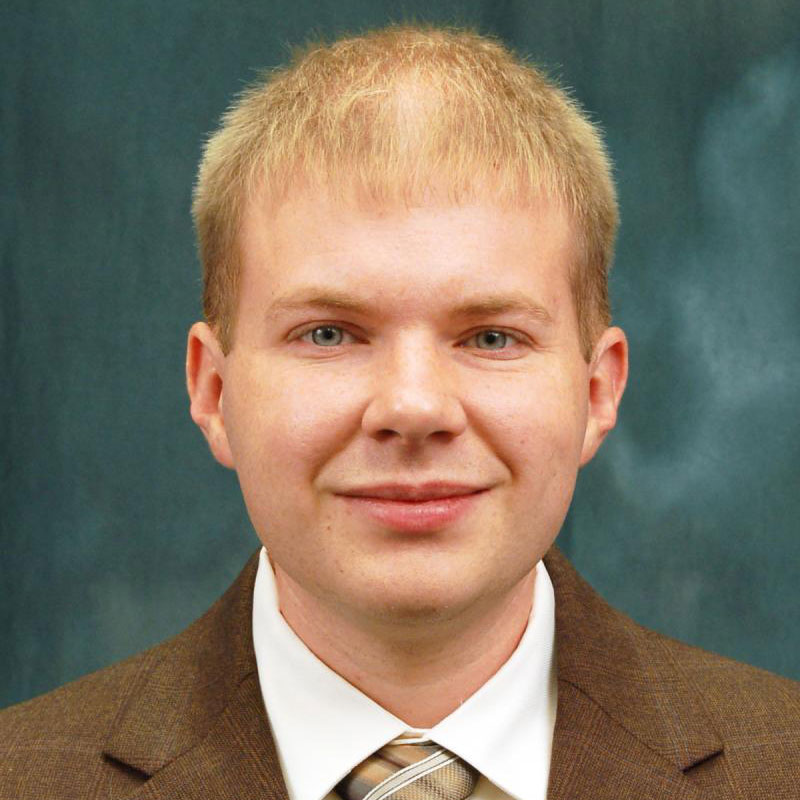
Professor and Graduate Studies Chair in the Department of AEDE, Ohio State
klaiber.16@osu.edu
Link to bio
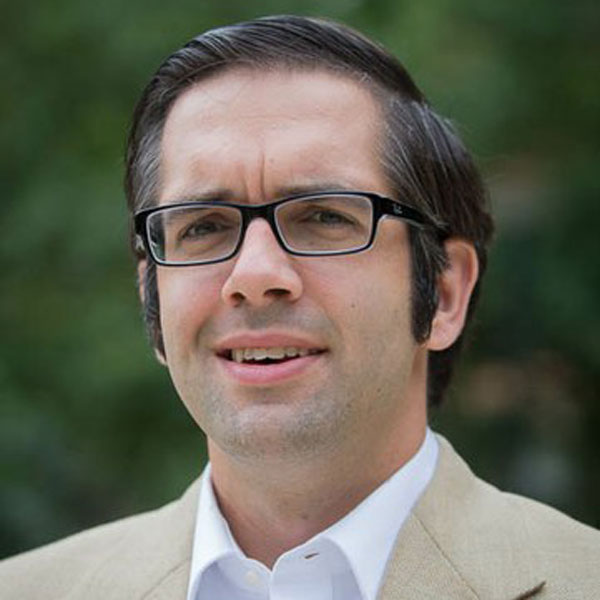
Associate Professor of Environmental and Resource Economics, Penn State
dhw121@psu.edu
Link to bio
PhD Student, Department of Agricultural, Environmental, and Development Economics, Ohio State
hua.161@osu.edu
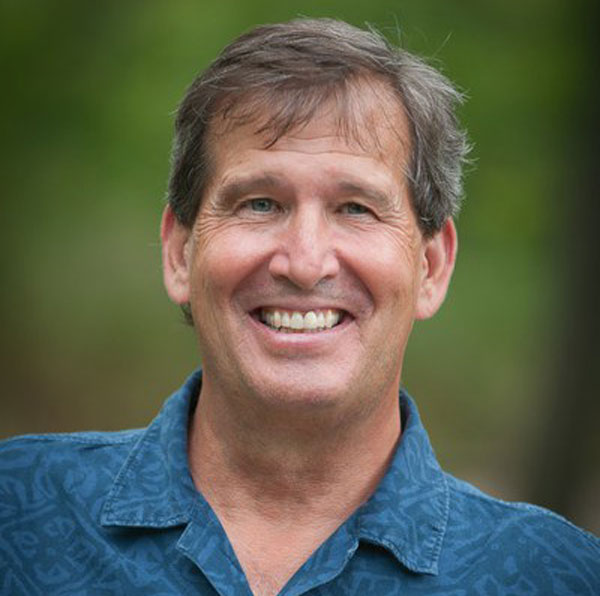
Distinguished Professor Emeritus of Agricultural and Environmental Economics, Penn State
jshortle@psu.edu
Link to bio
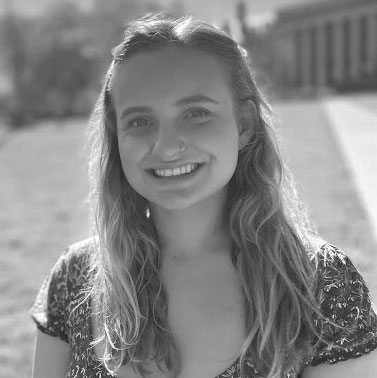
Research Assistant, Penn State
crw41@psu.edu